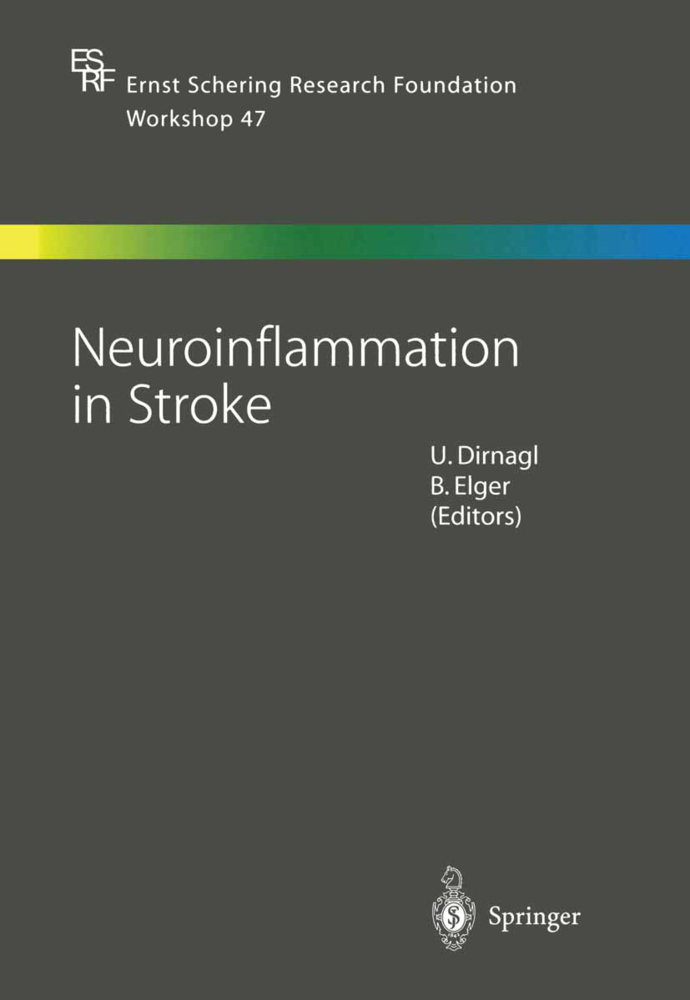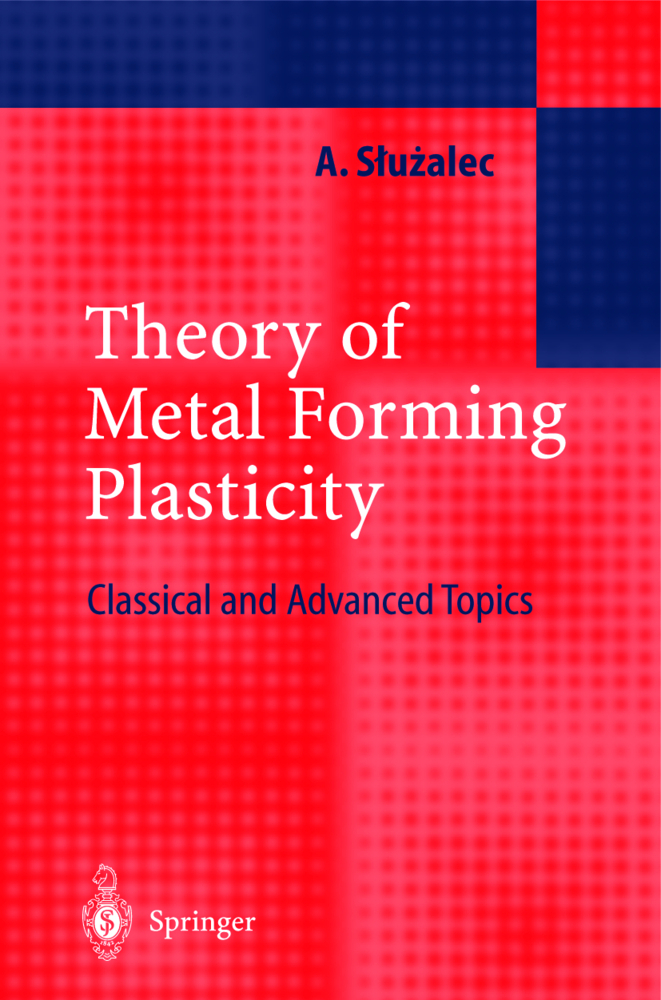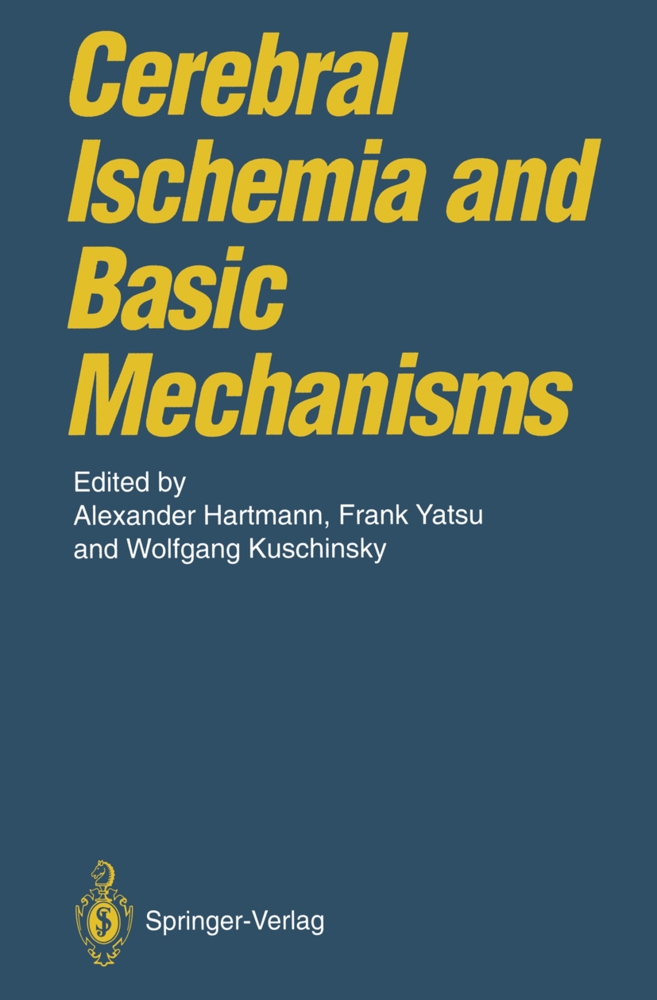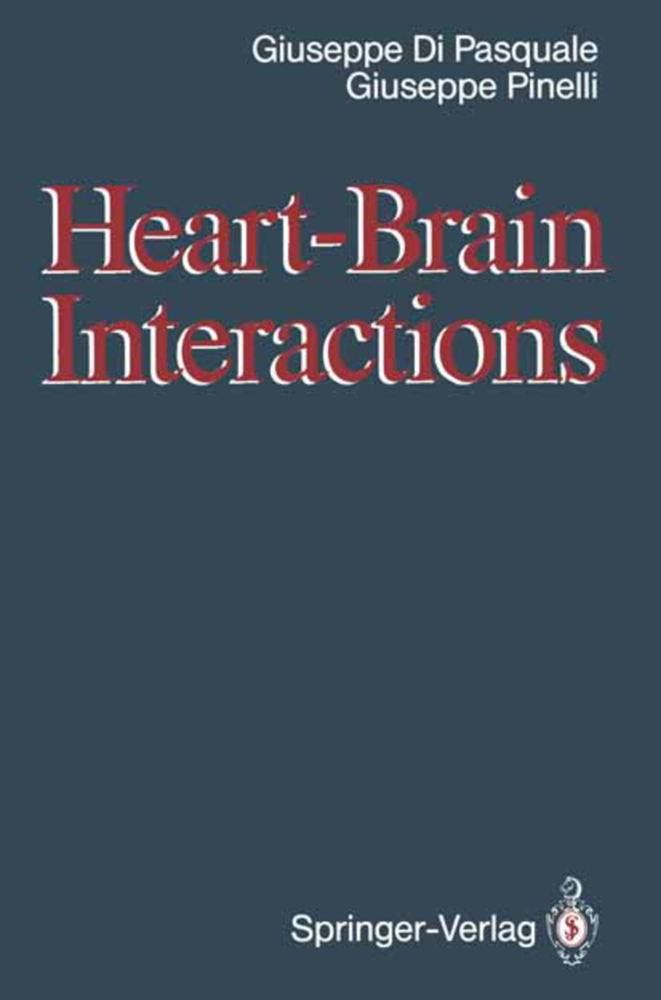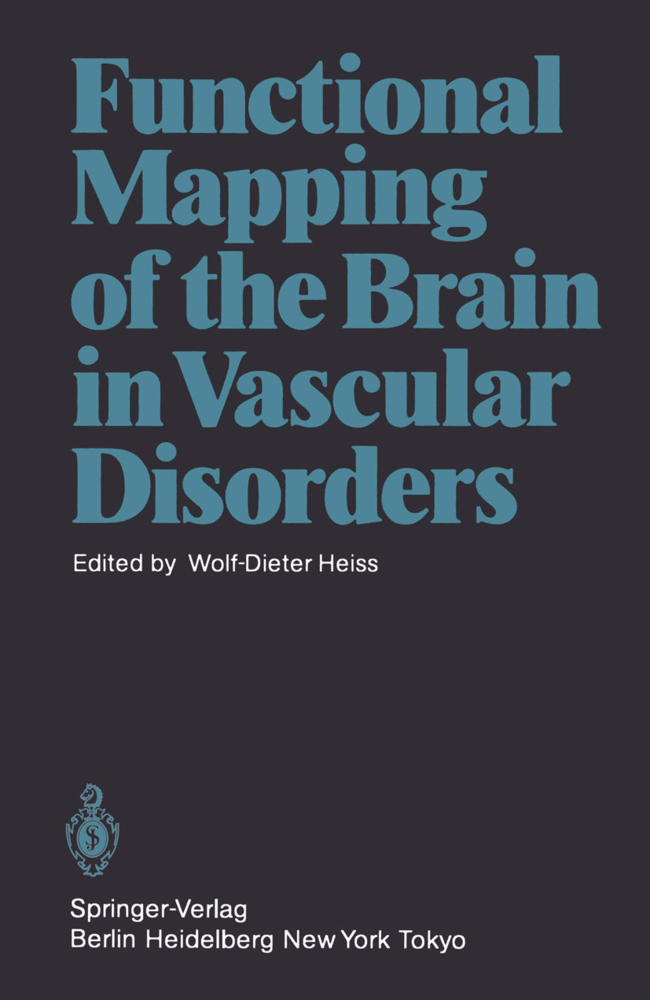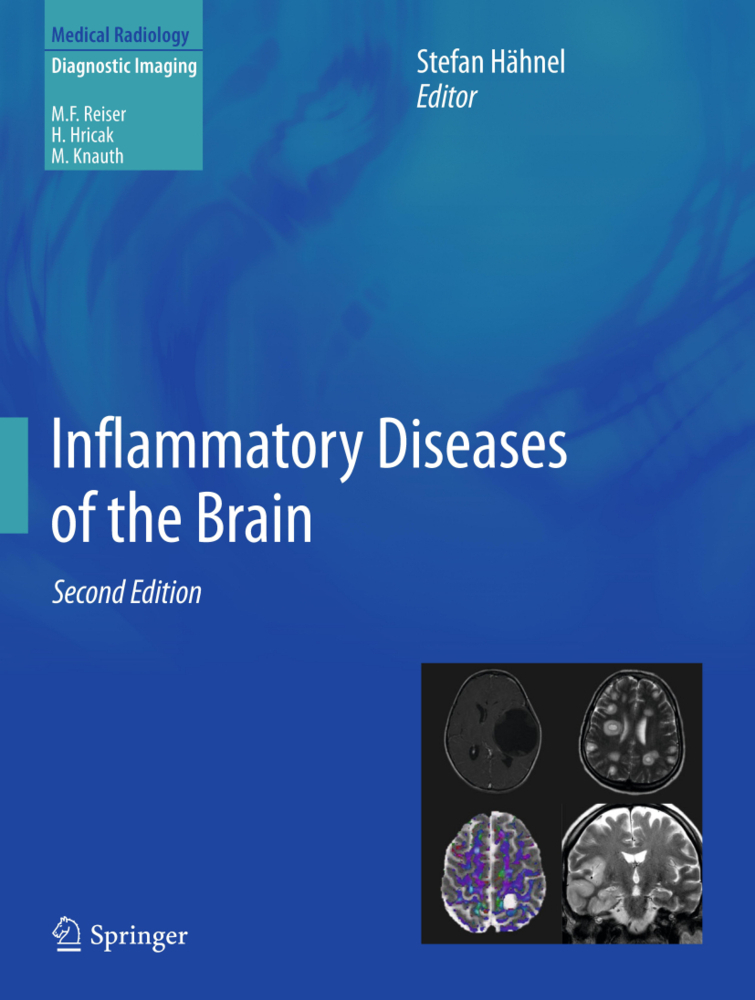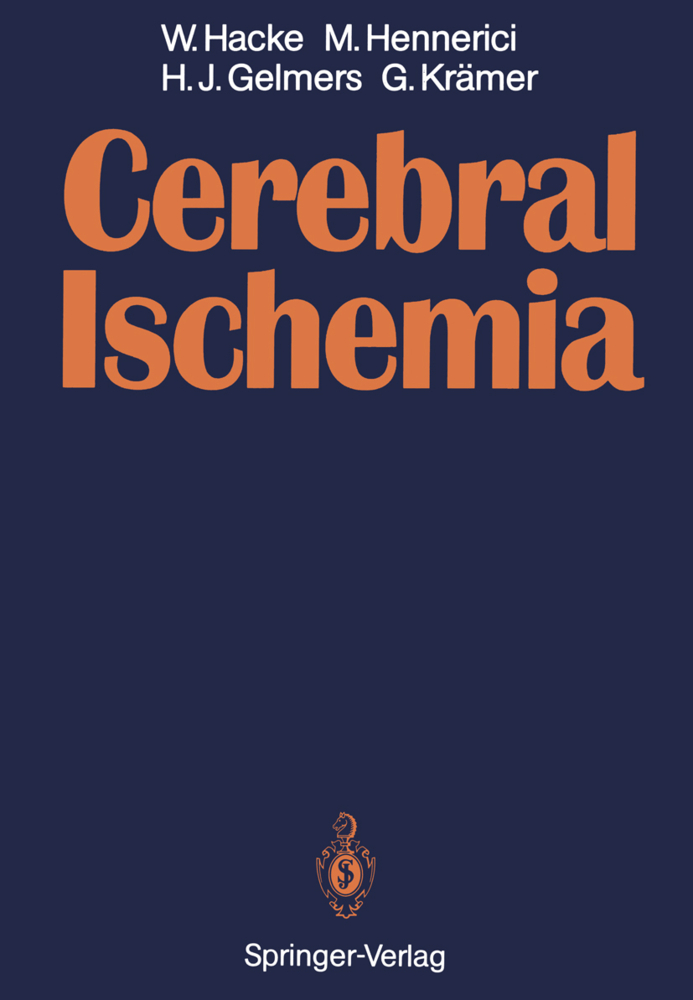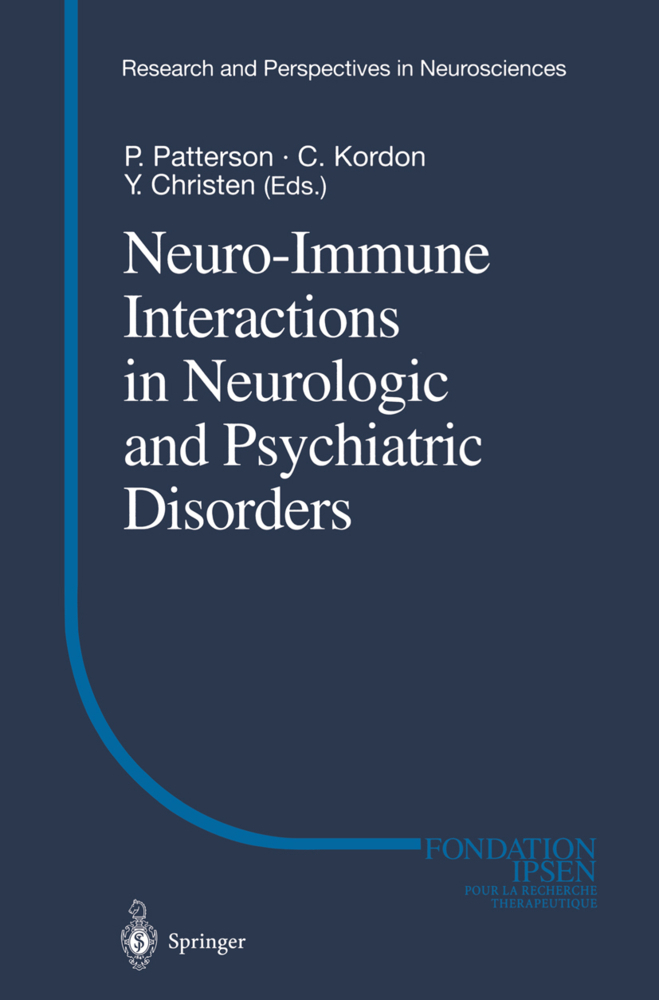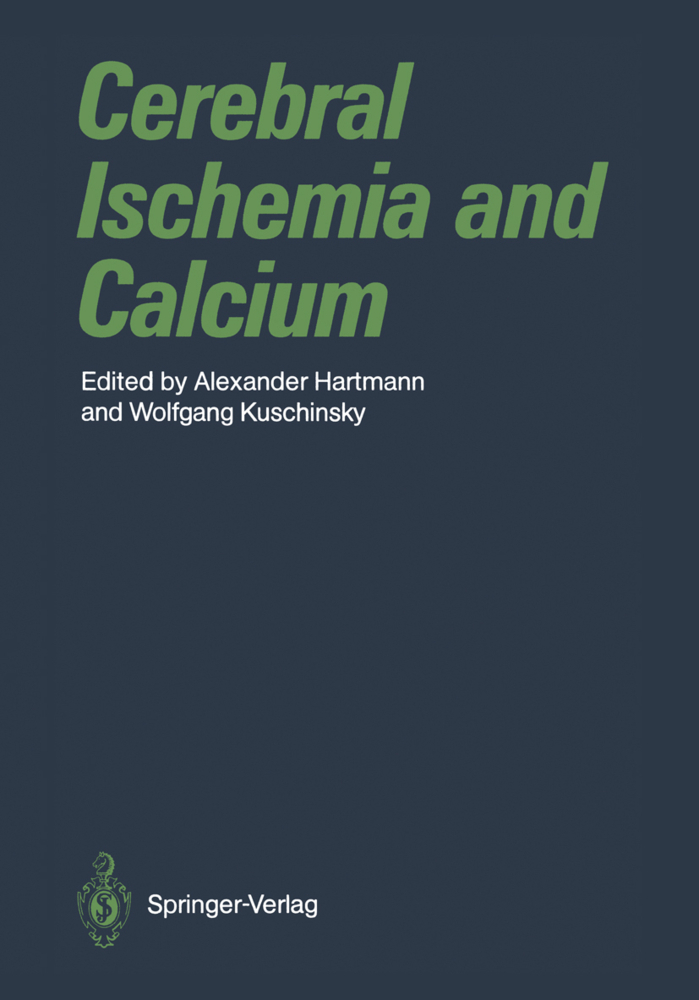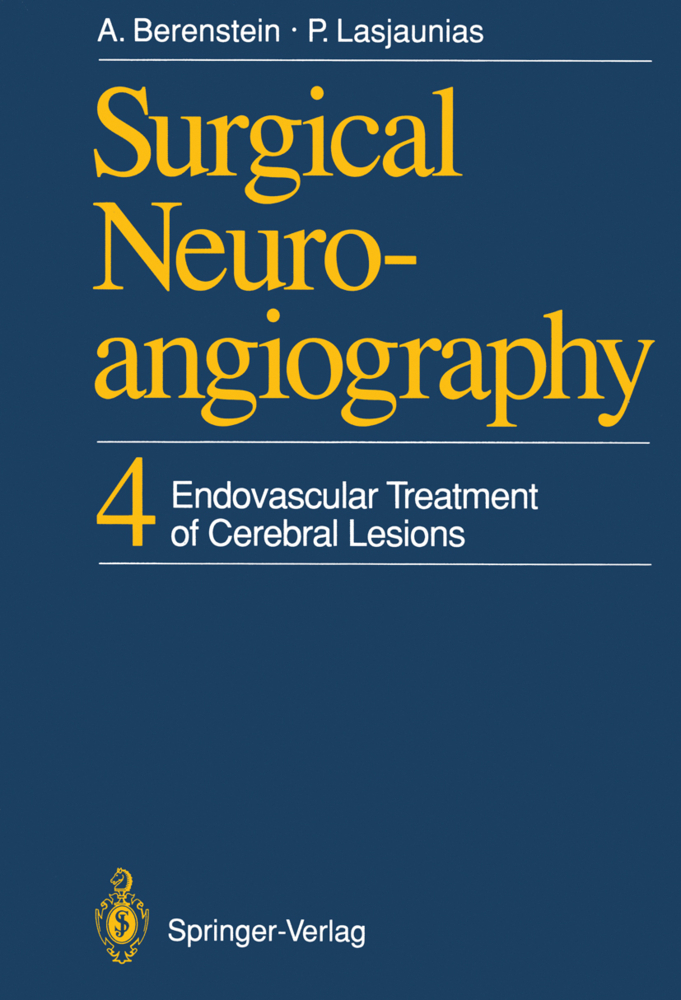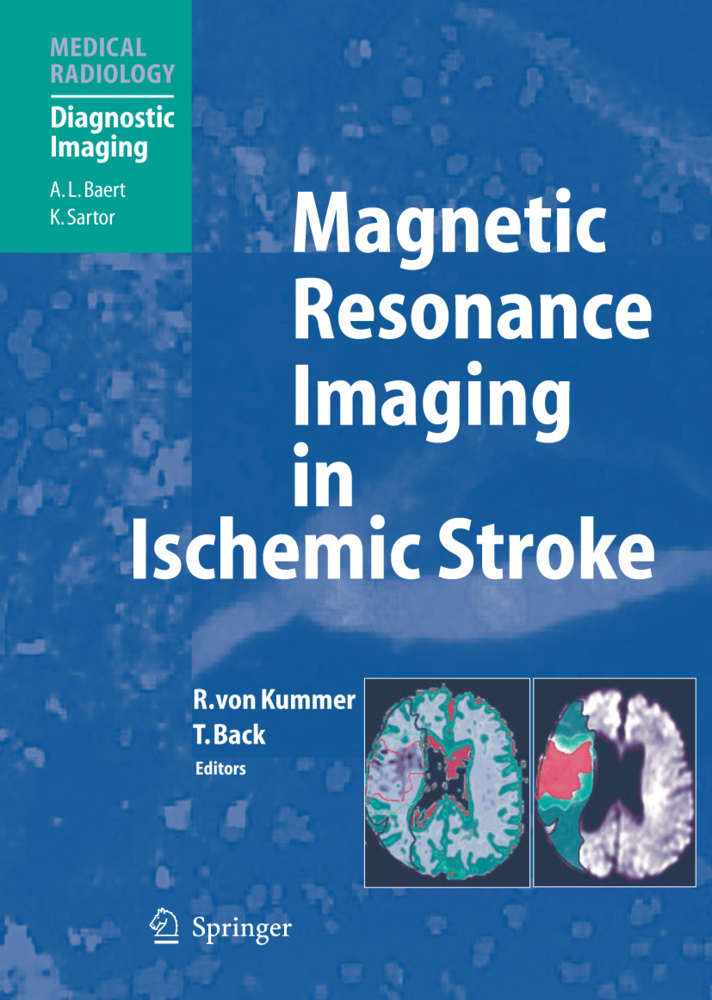Neuroinflammation in Stroke
Neuroinflammation in Stroke
Stroke is a major cause of death and disability in industrialized countries. To date, the medical need of efficient therapy for this de vastating cerebrovascular disorder remains unmet. During the last decades, the development of pharmacological stroke therapies was aimed at improving patient outcome by restoration of cerebral blood flow or protection from acute neuronal cell death. Almost all of The participants of the workshop VI Preface these appraaches targeted the very early events after vascular occIu sion. However, primarily for logistical reasons, only a small portion of strakes can be treated within 6-10 h after the insult. In recent years it has been recognized that strake pathophysiology is a dynamic pracess, and that delayed pracesses, which occur dur ing the days and weeks following arterial occIusion, may lead to further deterioration or to impairment of recovery and rehabilitation in subacute and chranic stages. Evidence is accumulating that neu rainflammation is a major player in these delayed pathophysiologi cal pracesses. While some components of neurainflammation such as removal of cell debris and release of traphic factors may support recovery pracesses, others such as the generation of free radicals and other cytotoxic mediators are deleterious for brain tissue after isch emia. Thus, neurainflammation after strake can be considered a dou ble-edged sword, having potentially both detrimental and beneficial effects. As in other inflammatory reactions in the body, the cellular and humoral interactions are highly complex in the setting of neu rainflammation.
3 Cytokines in Stroke
4 Complement Activation: Beneficial and Detrimental Effects in the CNS
5 Inflammation in Stroke: The Good, the Bad, and the Unknown
6 Tetracycline Derivatives as Anti-inflammatory Agents and Potential Agents in Stroke Treatment
7 Induction of Mucosal Tolerance to E-Selectin Targets Immunomodulation to Activating Vessel Segments and Prevents Ischemic and Hemorrhagic Stroke
8 Protective Autoimmunity and Prospects for Therapeutic Vaccination Against Self-Perpetuating Neurodegeneration
9 Lessons from Stroke Trials Using Anti-inflammatory Approaches That Have Failed
10 Inflammation-Mediated Damage as a Potential Therapeutic Target in Acute Ischemic Stroke
11 Design Issues in Selected Recent or Ongoing Stroke Trials
Previous Volumes Published in This Series.
1 Matrix Metalloproteinases in Neuroinflammation and Cerebral Ischemia
2 Involvement of Tight Junctions During Transendothelial Migration of Mononuclear Cells in Experimental Autoimmune Encephalomyelitis3 Cytokines in Stroke
4 Complement Activation: Beneficial and Detrimental Effects in the CNS
5 Inflammation in Stroke: The Good, the Bad, and the Unknown
6 Tetracycline Derivatives as Anti-inflammatory Agents and Potential Agents in Stroke Treatment
7 Induction of Mucosal Tolerance to E-Selectin Targets Immunomodulation to Activating Vessel Segments and Prevents Ischemic and Hemorrhagic Stroke
8 Protective Autoimmunity and Prospects for Therapeutic Vaccination Against Self-Perpetuating Neurodegeneration
9 Lessons from Stroke Trials Using Anti-inflammatory Approaches That Have Failed
10 Inflammation-Mediated Damage as a Potential Therapeutic Target in Acute Ischemic Stroke
11 Design Issues in Selected Recent or Ongoing Stroke Trials
Previous Volumes Published in This Series.
| ISBN | 978-3-662-05428-4 |
|---|---|
| Artikelnummer | 9783662054284 |
| Medientyp | Buch |
| Copyrightjahr | 2014 |
| Verlag | Springer, Berlin |
| Umfang | XII, 224 Seiten |
| Abbildungen | XII, 224 p. 41 illus., 1 illus. in color. |
| Sprache | Englisch |

